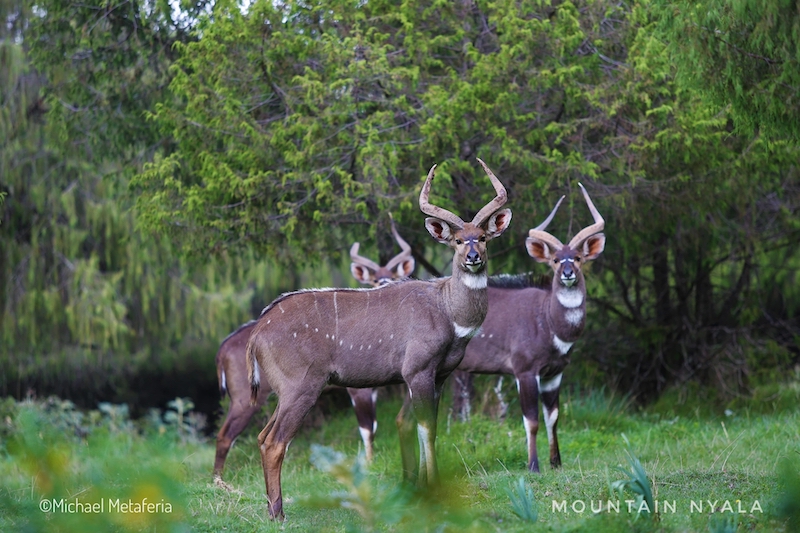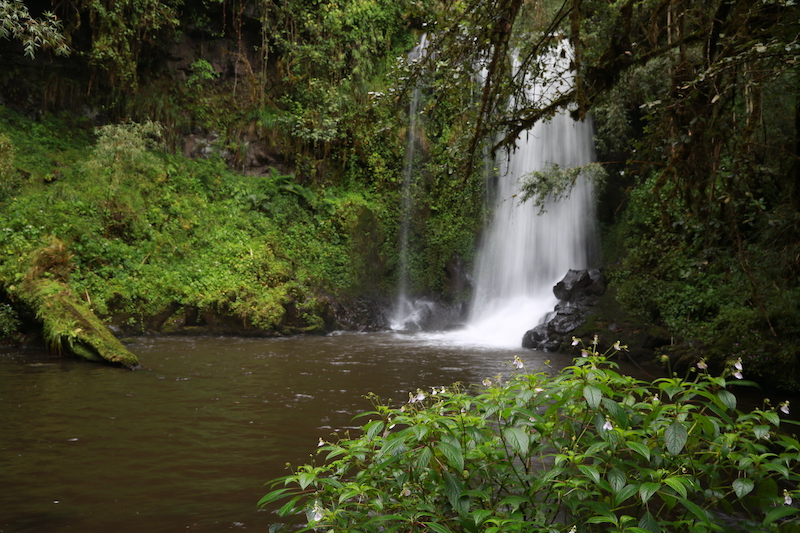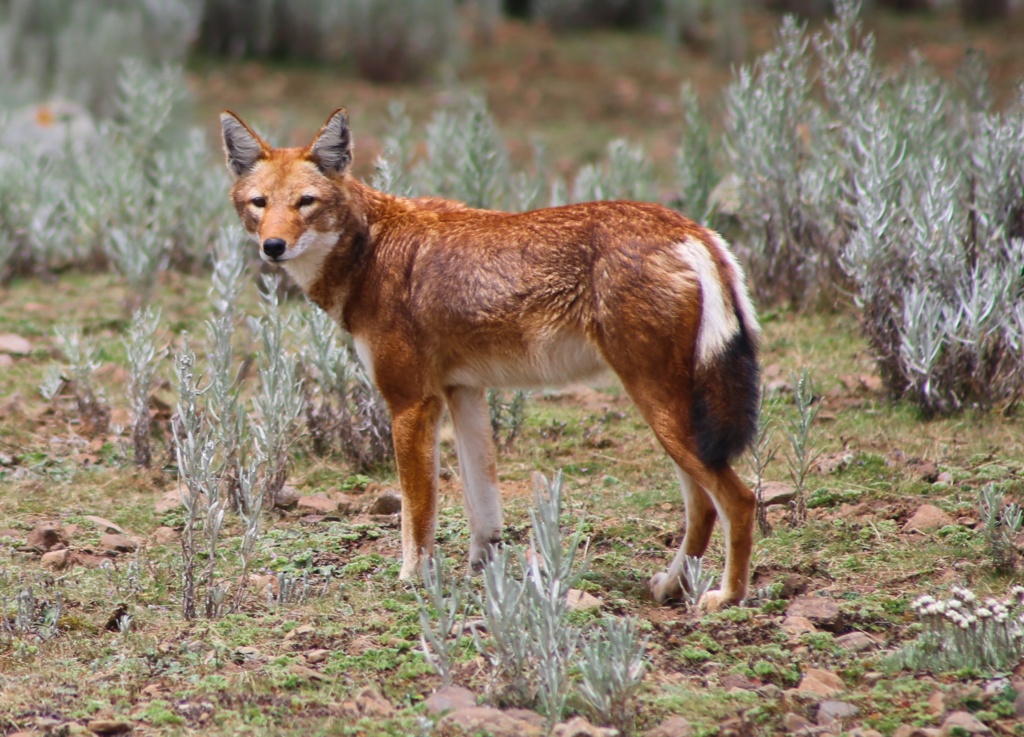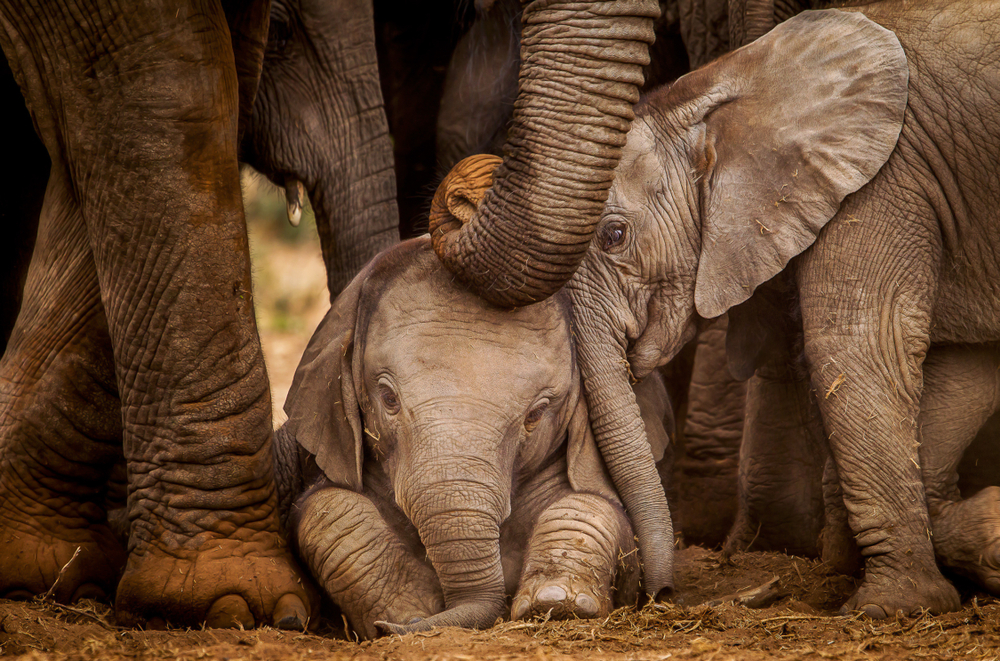Bale Mountains National Park sheltersmore than 1600 different kinds of plants, 78 kinds of mammals and about 200 bird species in its different habitat.
Bale Mountains National Park, established in 1962, is located 400KM south of Addis, in the Oromia region of Ethiopia. The park has a total area of about 2200 square kilometers, stretching 74KM from north to south and 53KM from west to east. Areas with altitudes ranging from 1450M to 4377M above sea level earned the park it’s popular tag “One Park: Many Worlds. Many Afro-alpine peaks, including Mount Tulu Dimtu, the second highest mountain in Ethiopia which stands tall at 4377MASL are located in this park.
The park is also home to the largest forest in Ethiopia, “Harenna Forest” , which covers an area of seven thousand square kilometers. The Bale Mountains National Park has been included in the United Nations Educational, Scientific and Cultural Organization (UNESCO) provisional list of World Heritage Sites.
Furthermore, Bale Mountains National Park shelters more than 1600 different kinds of plants, 78 kinds of mammals and about 200 bird species in its different habitat. Among these, 32 kinds of plants, about 20 rare and wonderful wild animals and about six birds could only be found in the national park . Red Fox (now named “Ethiopian Wolf”) , Mountain Nyala, Menilik’s Bushbuck and Giant Mole Rat are few of the endemic animals that could easily be spotted while trekking across Bale.
Apart from this, the park also contains a variety of reptiles and amphibians that are of great importance to science and ecology. Coffee and about 40 percent of herbs used for traditional medicine in Ethiopia are also found in Bale. In terms of plant and animal biodiversity, the park is ranked 34th in the world and 12th in Africa. Bale Mountains National Park has been classified as one of the world’s most important bird habitats by Bird life International and also acccording to the report of the International Bird Organization, Bale Mountains National Park has been registered as the fourth “birding site” in Africa.
The rivers Shebele, Weib, Dumal, Yadot and Wolmel flow through Bale Mountains National Park.
Registration of Bale Mountains National Park as one of the Natural Heritage Sites of Ethiopia by UNESCO is crucial in helping to further protect and conserve the biodiversity of the park as well as better promote this beautiful place to the rest of the world. Inviting you all to experience Bale, One Park: Many Worlds.
Text and photos
© Michael Metaferia
instagram.com/michael.metaferia





